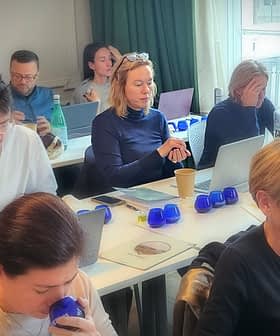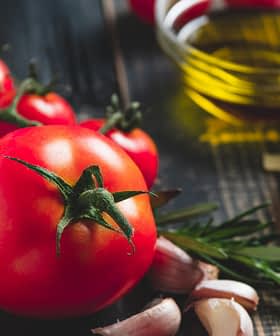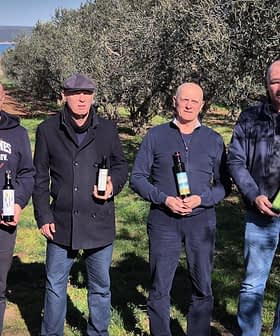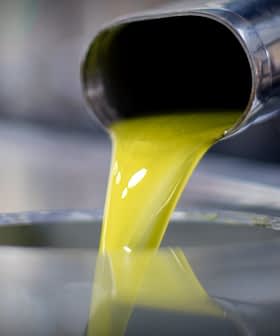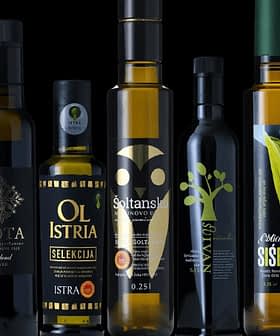Eataly Chicago Hosts a Celebration of Italian Flavors
Italian and American chefs at Identità Golose Chicago focused on incorporating olives into traditional and innovative recipes, showcasing the contemporary face of Italian gastronomy. Lee Wolen created a roasted cauliflower dish with olives, oregano, and figs, while Davide Oldani rejuvenated the “carpione” technique with his turbot dish featuring black olives.

Olives – beside olive oil — are a staple of the Mediterranean diet and appear in many traditional Italian recipes, but they are not often considered as a real “ingredient” and are often ignored by modern, creative cuisine.
Focusing on culinary traditions and innovations was the aim of the lessons recently held at Identità Golose Chicago, the roaming Italian culinary congress hosted for the first time at Eataly’s La Scuola.
Italian and American chefs were called in to interpret different Italian ingredients chosen by the event organizers.
As founder of Identità Golose, Paolo Marchi pointed out “Italy progresses — it is not only made of pasta and pizza, and it continues to think over its own gastronomic culture. This is why it is important to show the contemporary face of our tradition.”
So, after a lesson dedicated to truffles, the Italian chef Davide Oldani (known for his “pop” cuisine at D’O in Cornaredo near Milan) and Cleveland-born Lee Wolen (chef and partner at Boka restaurant in North Halsted Street, Chicago) had to find a way to include olives in their recipes.
And they did it gloriously.
Wolen is incredibly good at transforming vegetables, usually handpicking them at the farmers’ market at Lincoln Park, into the main character of his imaginative and tempting dishes.
At Identità, he created a recipe where the olives play a crucial role. The roasted cauliflower with black olives, oregano and figs was a stunning dish, where every ingredient had a deep and defined taste. Cauliflower was simply roasted in a pan until it darkens on all sides, then it was served with a spiced olive mayonnaise, oregano flavored breadcrumbs, chopped olives, toasted almonds and fresh figs cut into thin slices and then soaked in a sherry vinaigrette.
Oldani came up with a recipe inspired by Italy’s typical rustic cooking but with his own creative twist, where different tastes and textures play their part to reach the final balance. His turbot with black olives is a perfect dish to embody his philosophy of simplicity, detectable tastes and seasonal and inexpensive ingredients.

The traditional technique called “carpione” (where the main ingredient, usually fish, is cooked by soaking it overnight in vinegar and wine, or is soused after cooking) has been “rejuvenated” by the chef. He cooked the turbot in clarified butter to give it a nice roundness though leaving its taste untouched. This roundness was then balanced by the contrast of the stronger taste of the sweet and sour onion which gave the tartness of the usual “carpione.” Finally the black olive sauce is simply made by blending them with water and corn flour.
Taggiasca olives were used to make a crunchy wafer: they were depitted and blended with ham, mixed with butter and licorice powder and then cooked in the oven for a short time.
This “crust” was laid over the fish accompanied by ground cocoa beans which enhanced the bitter taste of the olives and give a crisp note to the dish.





